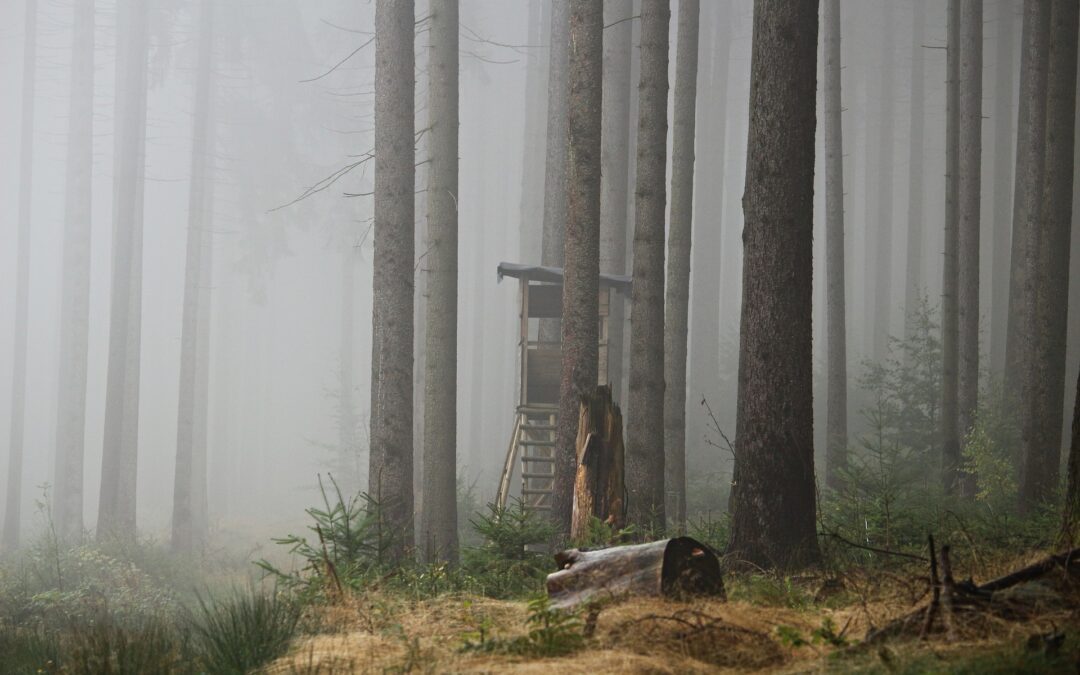If you ask a group of deer hunters about tree stands, you’ll for sure get a lot of different opinions on which tree stand is best and why. Is a ladder stand worth the set-up time? Does the portability of a climbing stand offset its challenges? Is a fixed position tree stand the most practical option?
Let’s see if we can get some answers by taking a closer look at the pros and cons of your various tree stand options.
Fixed Position Tree Stands
If you’ve identified a particular hunting spot that either attracts deer (say near that apple orchard) or is a regular travel route for the animals, a fixed position or lock-on tree stand could be a great choice. They’re light, easy to carry, and set up quickly. Typically, hunters use stick ladders or screw-in steps with this type of stand which decreases visual disruption of the surroundings. These stands give hunters a higher platform than other options and can be left up year-round allowing hunters quiet entry.
It’s important to note that these stands are best for bow hunters as they do not have a shooting rail. Fixed position stands tend to have small platforms and no side rails, which can make some hunters feel unsafe. As with any tree stand, it’s imperative to use a safety harness.
Ladder Stands
Many whitetail hunters are enthusiastic fans of ladder stands. They claim these stands give them the most silent entry to their hunting location since they are set up well in advance, and also make for a quieter climb. For hunters who prefer a more secure feeling stand, ladder stands provide a sturdy structure and a large seat. They are also versatile in that many come with an optional shooting rail, making them useful to both bow and rifle hunters. A nice bonus option is the “buddy” type of ladder stand which will accommodate more than one person.
However, ladder stands are difficult to conceal and don’t provide the hunter with a lot of height. They are also heavy by comparison, awkward to set up, and require obvious clearing of some of the surroundings.
Climbing Stands
Climbing stands may offer the widest range of pros versus cons. First the pros. These stands are portable and easy to set up and remove, giving hunters a lot of flexibility in choosing or changing hunting locations. They are particularly valuable in unfamiliar areas, allowing hunters to scout locations, set u quickly, and enjoy a greater height advantage than some other stand options.
On the other hand, climbing stands are best used on trees with a uniform trunk diameter up to the stand height in order to provide a safe and stable seat. It’s also important that surrounding trees are available to provide some cover for the stand and hunter. In addition, these stands, as the name suggests, require the physical effort of climbing which can produce human sweat scent, alerting deer to your location.
What’s your Opinion?
What do you think? Which tree stand have you found to be the best for whitetail hunting and why? We’re waiting to hear from you!


Recent Comments